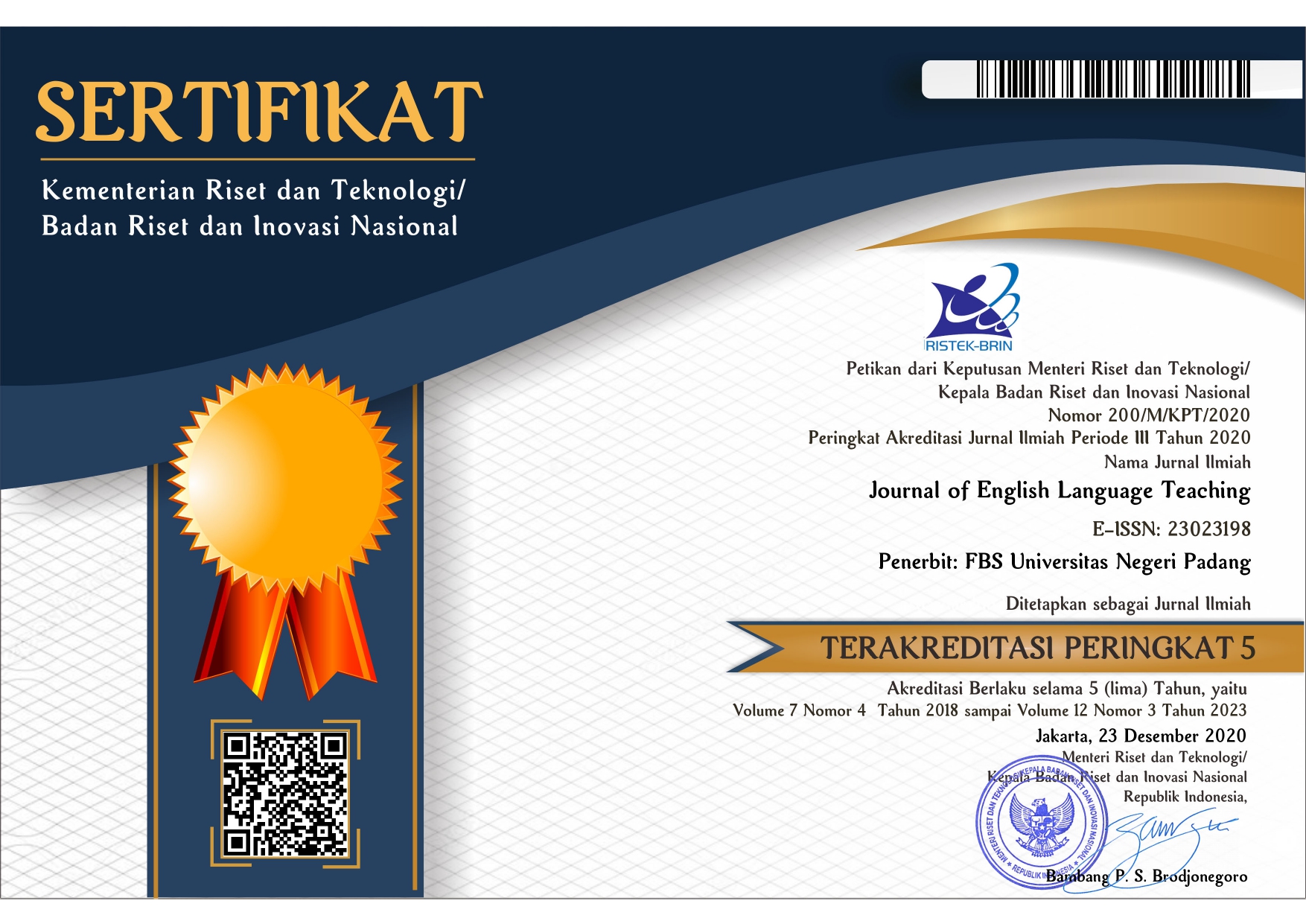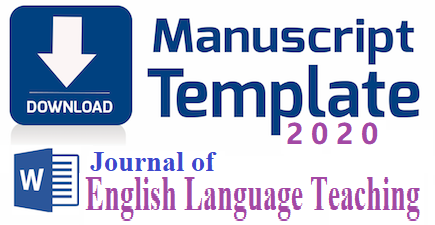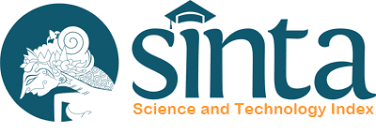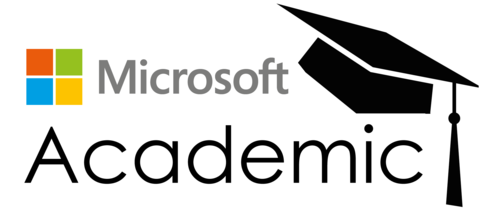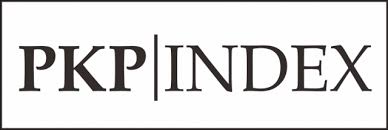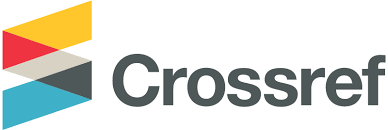Meta Analysis: The Effect of Using Youtube towards EFL Students’ Speaking Skill in Indonesia
 ), Nur Rosita(2),
), Nur Rosita(2), (1) Universitas Negeri Padang
(2) Universitas Negeri Padang
 Corresponding Author
Corresponding Author
Copyright (c) 2023 Piannur Piannur, Nur Rosita
DOI : https://doi.org/10.24036/jelt.v12i1.120420
Full Text:
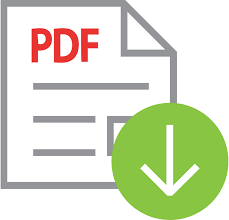 Language : en
Language : en
Abstract
This research aims to analyze the effect of using Youtube towards EFL students’ speaking skill for senior high school in Indonesia. The writer focuses on using meta-analysis method, in which to get a general conclusion from secondary data. By searching from Google Scholar and Sinta, fourteen data are found in the form of articles, journals and thesis. The data collected as samples are based on keywords indonesian high school students with tenth and eleventh grades as samples. The research uses JASP in order to analyze the data. Then, the findings from the analysis reveals that the effect size of using Youtube towards students’ speaking skill for grade tenth is high (RE model=1,49) and medium effect (RE model=0,64) for grade eleventh. Moreover, Youtube significantly and positively affects the students’s speaking skill for both grade tenth and eleventh.
References
Agustina, M. (2014). Improving The Speaking Skills Of XI Grade Students Of SMA Angkasa Adisutjipto Through The Use Of Videos In The Academic Year Of 2013/2014.
Aloraini, N. (2018). Investigating Instagram as an EFL Learning Tool. Arab World English Journal, 4(4), 174–184. https://doi.org/10.24093/awej/call4.13
Bangun, H. K. B., & Simanjuntak, D. C. (2022). the Effects of Vocabulary Mastery on English-Speaking Ability: A Meta-Analysis Study. Journal of Languages and Language Teaching, 10(2), 211. https://doi.org/10.33394/jollt.v10i2.4995
Brick, B. (2012). The Role of Social Networking Sites for Language Learning in UK Higher Education. International Journal of Computer-Assisted Language Learning and Teaching, 2(3), 35–53. https://doi.org/10.4018/ijcallt.2012070103
Çetinkaya, L., & Sütçü, S. S. (2018). The effects of Facebook and WhatsApp on success in English vocabulary instruction. Journal of Computer Assisted Learning, 34(5), 504–514. https://doi.org/10.1111/jcal.12255
Cohen, J. (1988). Statistical Power Analysis for the Behavioral Sciences (2nd ed.). Hillsdale, NJ: Lawrence Erlbaum Associates, Publishers.
Cohen, J. (1992). Statistical power analysis. Current Directions in Psychological Science, 1(3), 98–101. https://doi.org/10.1111/1467-8721.ep10768783
Diner, L., Zukhaira, Z., & Lensun, S. F. (2021). Meta-Analysis of the Influence of Instructional Media on Speaking Learning. Lingua Cultura, 15(1), 93–99. https://doi.org/10.21512/lc.v15i1.7298
Dzihni, N. Z., Sukirlan, M., & Sholihah, L. (2021). Improving students’ speaking achievement through the implementation of blended learning using YouTube media at UPT SMAN 3 Empat Lawang. U-JET, 10(4), 411-417.
Glass, G. V. (1976). Primary, Secondary, and Meta-Analysis of Research. Educational Researcher, 5(10), 3. https://doi.org/10.2307/1174772
Higgins J, Thompson S, Deeks J, Altman D. (2002). Statistical heterogeneity in systematic reviews of clinical trials: a critical appraisal of guidelines and practice. J Health Serv Res Policy. Jan;7(1):51-61. doi: 10.1258/1355819021927674. PMID: 11822262.
Ilyas, M., & Putri, M. E. (2020). YouTube Channel: An Alternative Social Media to Enhance EFL Students’ Speaking Skill. J-SHMIC : Journal of English for Academic, 7(1), 77–87. https://doi.org/10.25299/jshmic.2020.vol7(1).4141
Kaplan, A,M., & Haenlein, M. 2010. Users of the world, unite! The challenges and opportunities of social media. Business Horizons, Vol. 53 No. 1, pp. 59-68 doi:10.1016/j.bushor.2009.09.003
Lokman, H. F. Bin, Yasin, R. M., & Khalid, F. (2017). Systematic Review and Meta-Analysis on the Effectiveness of Facebook Application in Teaching and Learning Process. International Journal of Academic Research in Business and Social Sciences, 7(4). https://doi.org/10.6007/ijarbss/v7-i4/2907
McDermott, G. (2013). The role of social media in foreign language teaching: A case study for French. Recherche et Pratiques Pedagogiques En Langues de Specialite - Cahiers de l’APLIUT, 32(2), 141–157. https://doi.org/10.4000/apliut.3813
Meinawati, E., Harmoko, D. D., Rahmah, N. A., & Dewi, N.-. (2020). Increasing English Speaking Skills Using Youtube. Polyglot: Jurnal Ilmiah, 16(1), 1. https://doi.org/10.19166/pji.v16i1.1954
Prensky, M. (2001). Digital natives, digital immigrants. On the Horizon, 9(5), 1-6
Statista (2020). Social Media: Statistics & Facts. Retrieved from https://www.statista.com/topics/1164/social-networks/
Statista (2021). Social Media in Indonesia. Retrieved from https://www.statista.com/topics/8306/social-media-in-indonesia/
Yu, L. T. (2022). The Effect of Videoconferencing on Second-Language Learning: A Meta-Analysis. Behavioral Sciences, 12(6), 169. https://doi.org/10.3390/bs12060169
Zam Zam Al Arif, T. (2019). The Use of Social Media for English Language Learning: An Exploratory Study Of Efl University Students. Metathesis: Journal of English Language, Literature, and Teaching, 3(2), 224–233. https://doi.org/10.31002/metathesis.v3i2.1921
 Article Metrics
Article Metrics
 Abstract Views : 564 times
Abstract Views : 564 times
 PDF Downloaded : 252 times
PDF Downloaded : 252 times
Refbacks
- There are currently no refbacks.
Copyright (c) 2023 Piannur Piannur, Nur Rosita

This work is licensed under a Creative Commons Attribution-NonCommercial 4.0 International License.

